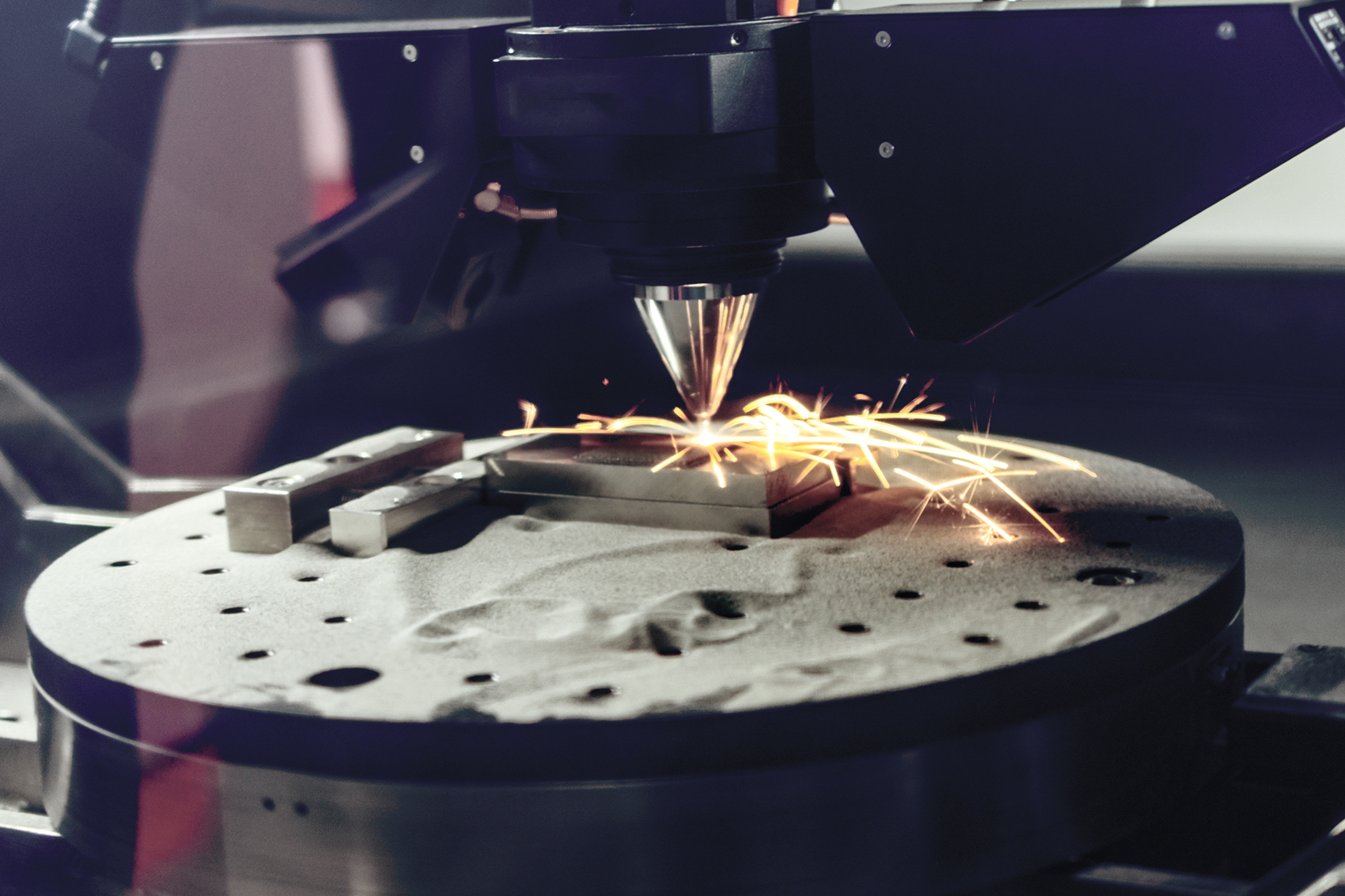By: Alex Crabtree
Now that Additive Manufacturing (AM) has traversed the Hype Cycle to the Path of Enlightenment, an increasing number of manufacturing concerns are focused on learning how to leverage the benefits of AM to bolster the strength of their value streams. Most who are successful at understanding the gains that can be reaped from AM know that the technology is not a destination, but rather a tool. And since the progress of any technology is typically driven by the needs of the end user, trends arise to fuel that progress.
There are three emerging trends in AM that definitively address major areas of concern when employing this disruptive technology. Although the trends appear to be overtly general in scope, they can be parsed to serve specific applications. Any organization that is looking to tackle issues unique to their AM driven mission will find ongoing development of solutions in the arenas of software consolidation, material research, and post process handling a great relief in the macro value stream.
To begin a build, or press the green button on an Additive machine, the print has to be, in most cases, maneuvered through several different software packages. The part has to be Designed, Latticed, Verified, Sliced, Post Processed and there is often a required software to start the machine itself.
We’ve all heard the common refrain that there are too many steps involved in making an additive part reality. The consumer is screaming for integrated solutions, and the reality is that it’s difficult for engineers to keep on learning new interfaces and enterprises to accept new companies: Boeing has a long-term contract with Dassault, for instance. In short: Startups are at a disadvantage and the additive software market is still small. Expect to see consolidation in 2019.
Andre Wegner, founder and CEO, Authentise
Most manufacturers employ one of the legacy CAD/CAM software packages- Solid Works, Autodesk, Siemens’ NX, etc. These packages are becoming more all-inclusive in their offerings towards a complete engineering solution, which means that any task needed to pre-process a print can now be handled without leaving the native software package. Additionally, most platforms offer the ability to customize the work flow to better serve the end user’s application.
This is the consolidation that Wegner mentions.
Another current trend in AM that addresses specific application needs is the development of new materials- especially in the polymer class.
Materialise has joined forces with BASF to break the shackles of proprietorship in the arena of polymer Additive materials. Both concerns will work in concert to widen the applications of Additive Manufacturing in aerospace, automotive and other consumer based industries. BASF, a leading chemical company, will be using the printing lab, one of the world’s largest, at Materialise to develop a wide span of Additive applications and application specific materials.
The blossoming trend of versatility in applications doesn’t stop with polymer development. Additive metals are targeted as well.
As geometries become more complex, and the call for lighter weighted builds increases, the need for enhanced metal and/or structures is becoming greater. Lattice design is one way to attack these needs as it utilizes engineering principals to give greater strength where the builds are thinnest.
The implications of increasing the availability of a wide range of materials for AM means that manufacturers can now find solutions to satisfy a variety of obligations presented to their Additive efforts.
Current solutions to these issues mostly include labor-intensive post-processing that erodes many of the benefits of the digital additive manufacturing process.
Joseph Crabtree, CEO Additive Manufacturing Technologies
One of the greatest struggles facing manufacturers on a daily basis is non-value added cost. Since AM produces parts that can be best described as near net shape, post processing becomes the elephant in the room that has, until recently, fallen under the radar. But, with the Additive process becoming faster, post processing is growing as an exposed burden.
Emerging trends that take on this issue include developing automated systems that include robotic integration, surface finishing hardware, and workflow software, just to name a few. With each solution comes the promise of consistency that is needed to forecast the cost of post processing. And when the cost can be accurately foretasted, it can be effectively managed.
Again, the variety of efforts towards solving the post processing dilemma are resulting in products that can be application focused.
The efforts to address three specific facets of Additive Manufacturing, software consolidation, materials and post processing, are all application driven, and attempt to serve the digital footprint of today’s Industry 4.0 mindset.
How will your facility employ these efforts to better serve its value stream?
